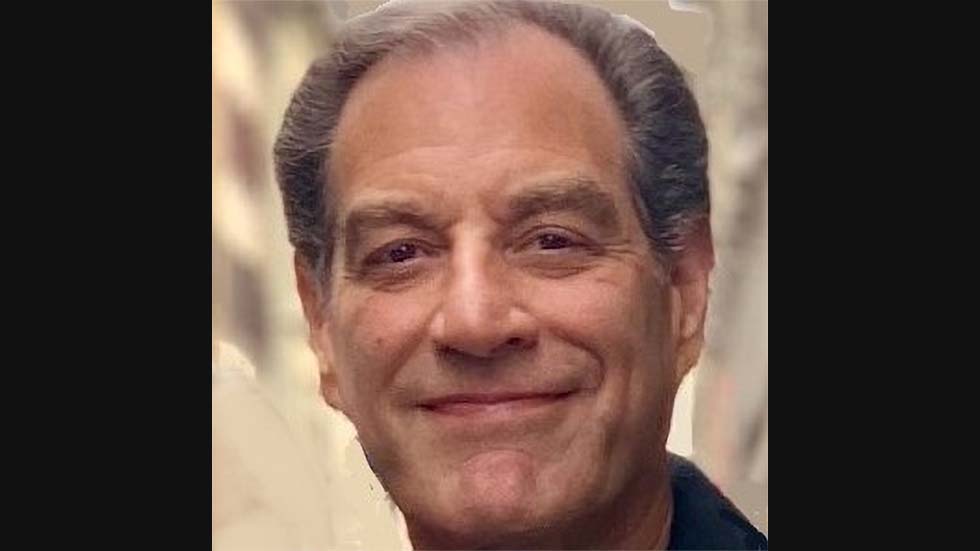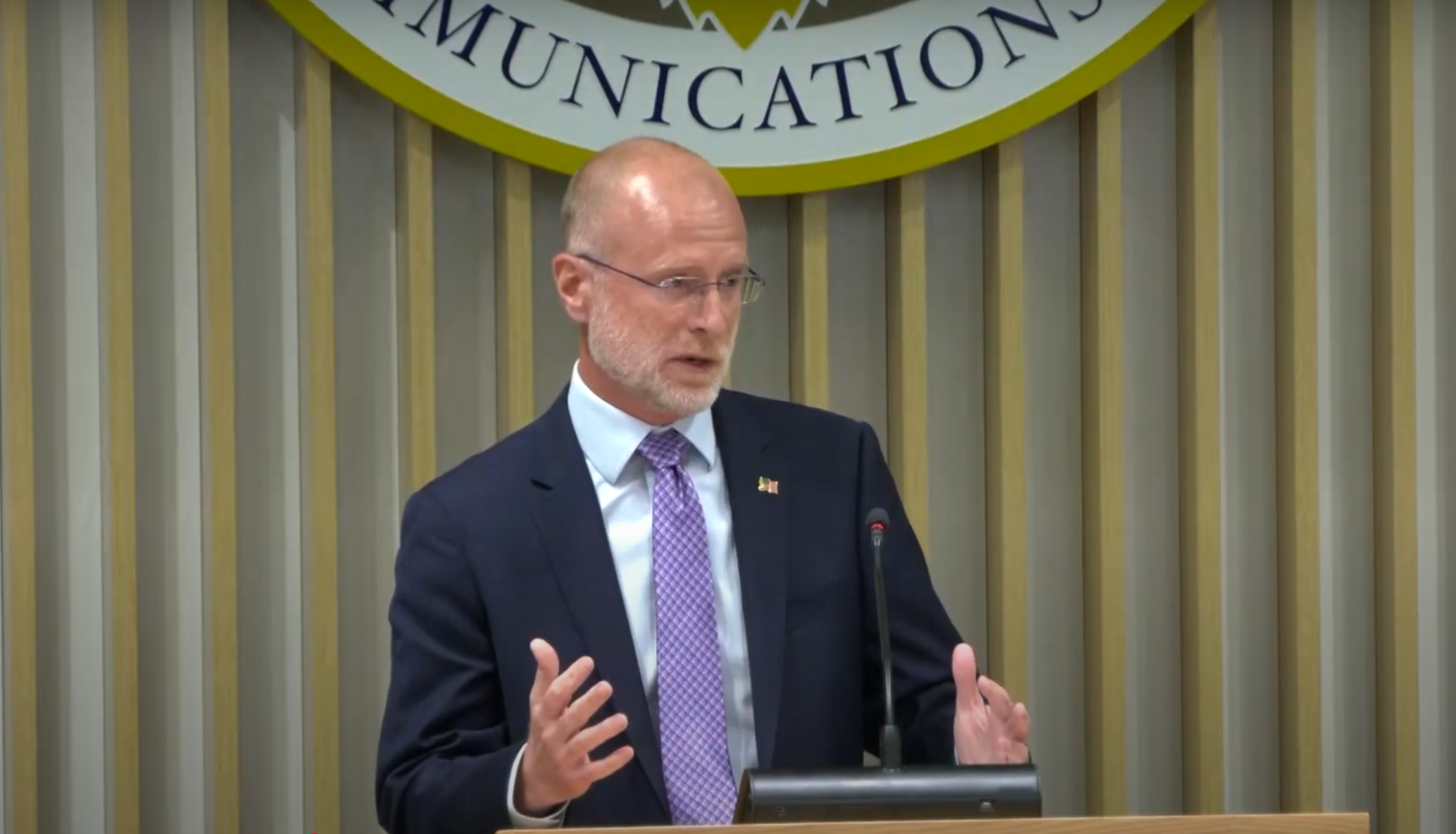Jerald Fritz: Broadcasters, Manufacturers Must Align on NextGen TV Transition
CTA’s opposition to tuner mandates ‘is equivalent to saying … that no new 5G or 6G phone can be sold until every existing 3G user can use the new tech,’ former ONE Media exec argues

In response to regulatory filings and posts by the Consumer Technology Association opposing a government mandate for NextGen TV tuners and a firm shutoff date for existing broadcast signals, Jerald Fritz, a former ONE Media Technology executive and a broadcaster for more than 50 years, is defending the need for new FCC regulations to speed the transition to NextGen TV broadcasts.
In an article sent to TV Tech, Fritz argues the CTA members and broadcasters should be aligned in supporting the move to NextGen TV and that the CTA’s current arguments against mandates fall apart when seen in a wider, more nuanced context.
The CTA’s current position opposing those mandates “needs some context since the argument over ‘mandates’ is much more nuanced than [CTA CEO Gary Shapiro] portrays,” writes Fritz, a principal at Communications Policy Consulting and who has held multiple staff positions at the FCC, including chief of staff to Chairman Mark Fowler during the Reagan Administration. “In fact, Gary and his CTA members ought to be in lock step with broadcasters in fully realizing the benefits to consumers AND his constituents.”
“Gary understands nuance,” Fritz noted. “He’s been running CTA for almost 35 years and has that excellent legal and Capitol Hill background … And he knows about overregulation—the very situation that has locked broadcasters into the untenable position they are in today.”
In his efforts to describe a more nuanced view of the debate, Fritz stressed that broadcasters and set manufacturers have long operated under government mandates for “rigid standards on both the transmission and reception side” dating back to the period just before World War II. “It needs to be noted that, while Gary stresses over his philosophical opposition to mandates, CTA has been for decades and continues to operate under them as we speak.”
Unfortunately, while technology has been rapidly changing, with mobile phones, personal computers and other devices changing how consumers access content, there has been “until recently 0% change to the mandated TV transmission standard,” Fritz added. ”No mobile applications to watch TV in a car or commuter train. No significant enhancements to picture or sound quality. No hyper-localized or personalized programming, advertising or emergency alerts. And no ability to provide consumers and businesses with an extraordinarily robust one-to-many data platform.”
ATSC 3.0 addresses those issues with many new features, but the current FCC rules governing its implementation create a kind of “a Rube Goldberg implementation plan” that has “the sad effect of requiring all broadcasters to continue to use the old standard in parallel with the new one,” Fritz complained.
The professional video industry's #1 source for news, trends and product and tech information. Sign up below.
This means there are few incentives for “Gary’s CTA companies or TV consumers to implement the new standard if there’s only limited immediate upside,” Fritz wrote. “This hamstrings stations and CTA members from fully realizing the extraordinary capabilities of the NextGen TV standard.”
“This crazy implementation regime is equivalent to saying to Gary’s constituents that no new 5G or 6G phone can be sold until every existing 3G user can use the new tech,” Fritz argued.
This background provides an important context for Shapiro’s other criticisms that broadcasters haven’t heavily invested in or marketed 3.0 broadcasts and that consumers haven’t embraced the technology, Fritz added. “To the contrary, with both hands tied behind their backs broadcasters have deployed the NextGen TV standard to more than ¾ of the U.S. population, and CTA member companies are including the tech in millions of TV sets.”
The current rules also make it nearly impossible for broadcasters to showcase the real advantages of 3.0 broadcast, Fritz argued.
“Fully 88% of the broadcast channel capacity structured to deliver NextGen TV services is stuck behind this nonsensical regulatory wall,” Fritz said. “And there’s the nuance. CTA’s constituent companies should be clamoring to provide products capturing these new services. It means new products to develop and sell. It means new markets to exploit. It means profits. Broadcasters and CTA members are already locked behind an iron curtain wall of government regulations. Let’s free the markets. The government has already approved the standard. Now it needs to ensure that all parties are using it for the benefit of all. To paraphrase President Reagan, ‘Mr. Shapiro, help tear down this wall!’ ”
George Winslow is the senior content producer for TV Tech. He has written about the television, media and technology industries for nearly 30 years for such publications as Broadcasting & Cable, Multichannel News and TV Tech. Over the years, he has edited a number of magazines, including Multichannel News International and World Screen, and moderated panels at such major industry events as NAB and MIP TV. He has published two books and dozens of encyclopedia articles on such subjects as the media, New York City history and economics.

